Noto - Sicily: a baroque pearl from the UNESCO list and the most important 4 minutes in the city's history
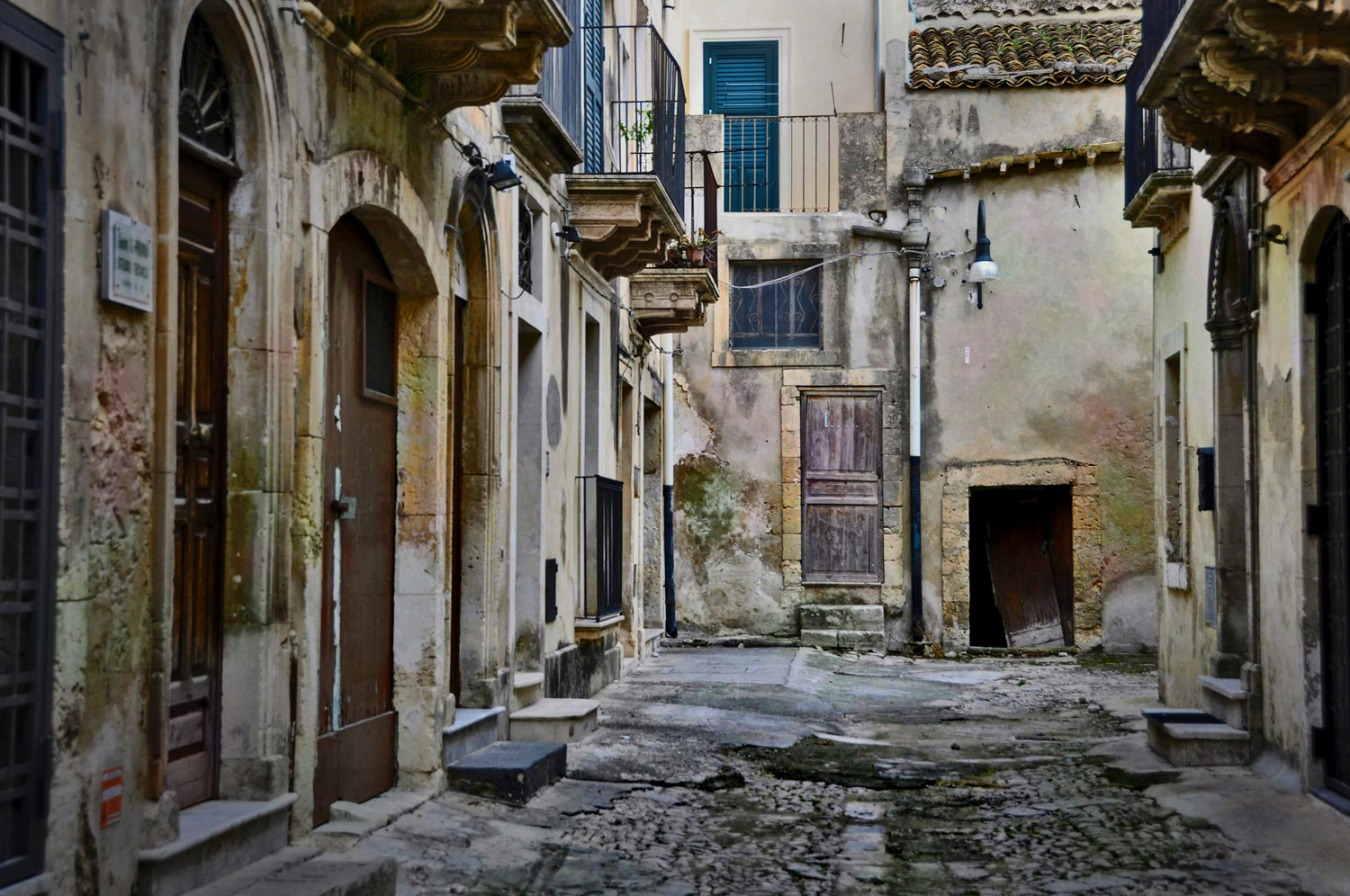
We'll start like Alfred Hitchcock, with an earthquake
It took only 4 minutes.
Short.
It was enough, however, to turn the centuries-old city into a chaotic rubble.
In the evening of 9 (or 11 - there are discrepancies in this topic) January 1693 year, seismic shocks of magnitude around 7.4 magnitude, without respect for history and tradition swept through the city and the surrounding area. They destroyed as much as they could. They affected 49 towns in total.
However, the blow inflicted on Noto by nature was so strong that the inhabitants' work on removing rubble from the city revealed an increasingly desperate picture of the effects of the earthquake. Finally, a decision was made based on the extent of damage known on the reconstruction of the city ... in a new place, 8 km away.
The current city has gained a new name: Ancient Noto and in the form of debris they can still be seen today. Below are some links to views and locations in Noto Antica. See and rate yourself if you want to visit and see this place live.
A small parking lot at the entrance gate to Noto Antica, GPS:
36°56’47.3″N 15°01’23.1″E lub
36.946464, 15.023092 - click and route
Entrance gate to Noto Antica (can be rotated 360 degrees), GPS:
36°56’46.7″N 15°01’23.3″E lub
36.946296, 15.023132 - click and route
Castello Reale di Don Pietro d'Aragona (can be rotated 360 degrees), GPS:
36°56’44.4″N 15°01’23.6″E lub
36.945660, 15.023215 - click and route
Parco Archeologico di Noto Antica (can be rotated 360 degrees), GPS:
36°56’19.3″N 15°01’20.0″E lub
36.938680, 15.022227 - click and route
Noto again
Camastry Giuseppe Lanza, who was responsible for overseeing the reconstruction of all 49 victims of the earthquake, decided to build the new Noto. The decision was made under the influence of the current city planner of Noto, Giovanni Battista Landolina.
Landolina with the support of a group of architects began the implementation of the "ideal city" project, inspired by the architecture of Vienna and Paris.
Baroque architectural thought assumed the construction of a city with an urban layout reflecting the social structure. At the very top were palaces of aristocracy. In the center of the lower part was to be the cathedral, as a symbol of religious life, which should be the center of human life. The periphery was intended for the poor.
A place was chosen for the construction of the new city which, thanks to its shape, was conducive to the implementation of the plan.
Stone city
Virtually everything in Noto is made of stone. The weight of this stone feels overhead when walking. On the small area there are so many large, massive and heavy stone buildings that it seems as if the earth could barely carry them all. The royal character of the building strikes the eyes immediately and you can see here the inspiration of the most monumental buildings of Vienna and Paris. Strolling along the streets of Noto, it's hard to imagine that 17th-century builders and residents built this city from scratch in just a dozen (!!!) years.
In 2002, the city was inscribed on the UNESCO World Heritage List.
By the way, it is worth mentioning that the building material it is yellowish tuff he was chosen not by chance. It is a volcanic rock that takes a specific color when exposed to the sun's rays. The change in the color of the sun's rays before and during sunset is reflected with particular charm in the facades of buildings, assuming a color from honey-yellow to pink in the final stage of sunset. It is worth giving yourself some time, especially at sunset, to observe this spectacle, the more that the buildings are specially designed and located so that the impression is as large as possible.
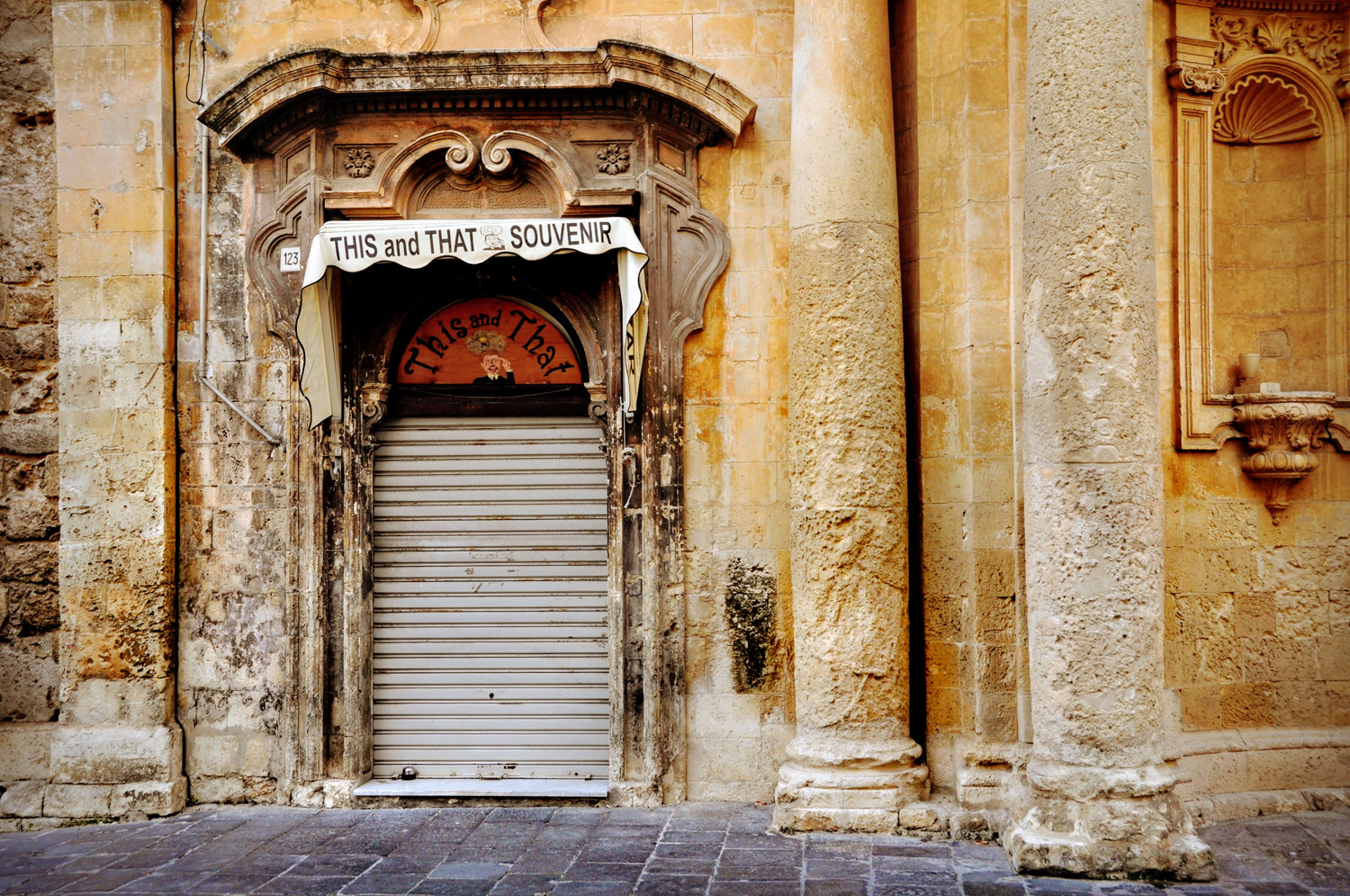
Contemporary disaster
An unfortunate coincidence in 1996 due to mistakes made during renovations and neglect of previous years the dome of the cathedral collapsed, vault of the nave and partly south nave. Fortunately, this happened late at night when no one was inside, so no one was hurt. There is no trace of the disaster today.
Sightseeing and sights of Noto
The basic skeleton of the city consists of 3 parallel, long streets, connected by perpendicular streets. The main walking route runs along Corso Vittorio Emanuele, which is closed on one side by the magnificent city gate in the form of an arch (Porta Reale), and on the other by a picturesque square with a fountain (Fontana d'Ercole).
I marked the basic walk path on the map below. On the walking route there are all the most important attractions of Noto. Access to the walking route marked directly on Google Maps, which you can enlarge, edit or simply start in the phone navigation you get by clicking on: link to the walking route around Noto - [click].
Noto is one of the points I developed for visiting Sicily containing detailed sightseeing maps, information about attractions on the whole island with GPS coordinates for car navigation. If you want to visit Sicily, make sure to read this entry: Sicily - tourist attractions, sightseeing, monuments, map, car rental, vacation. Guide.
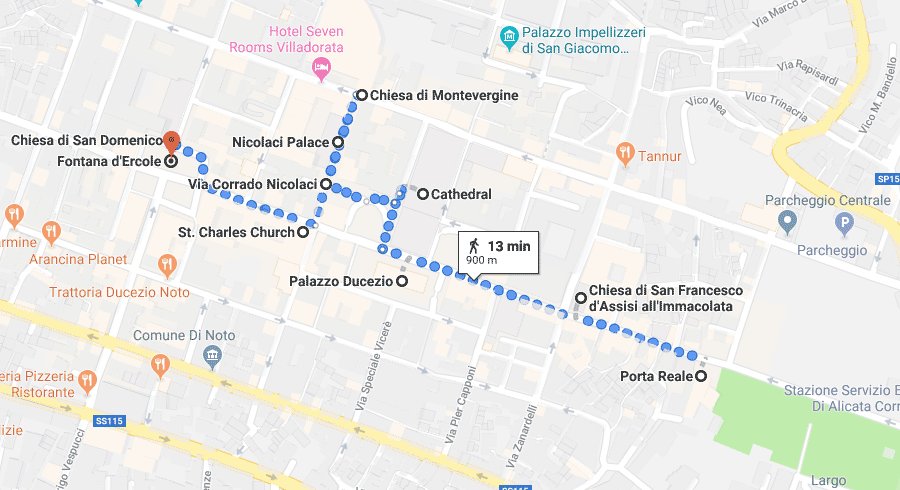
Port Royal
This is the entrance gate to the historical part of the city. The gate in 1838 was built at the expense of the Marquis Cannicarao and commemorates the arrival of King Ferdinand II of Bourbon to Noto.
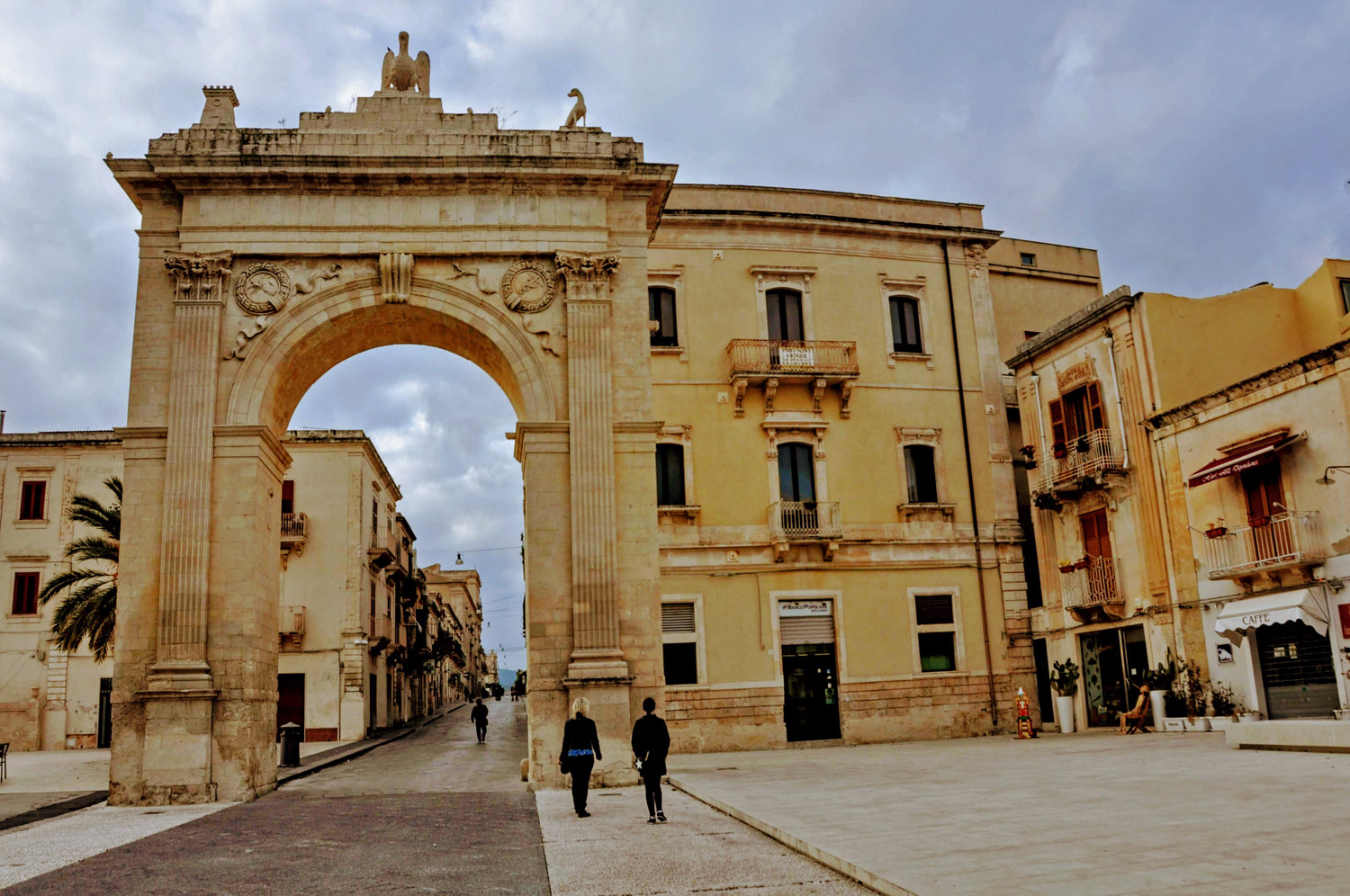
Church of San Francesco
The church of San Francesco with the adjacent building was once a natural connection between the church and the monastery. Currently, the University is located in the building of the former monastery.
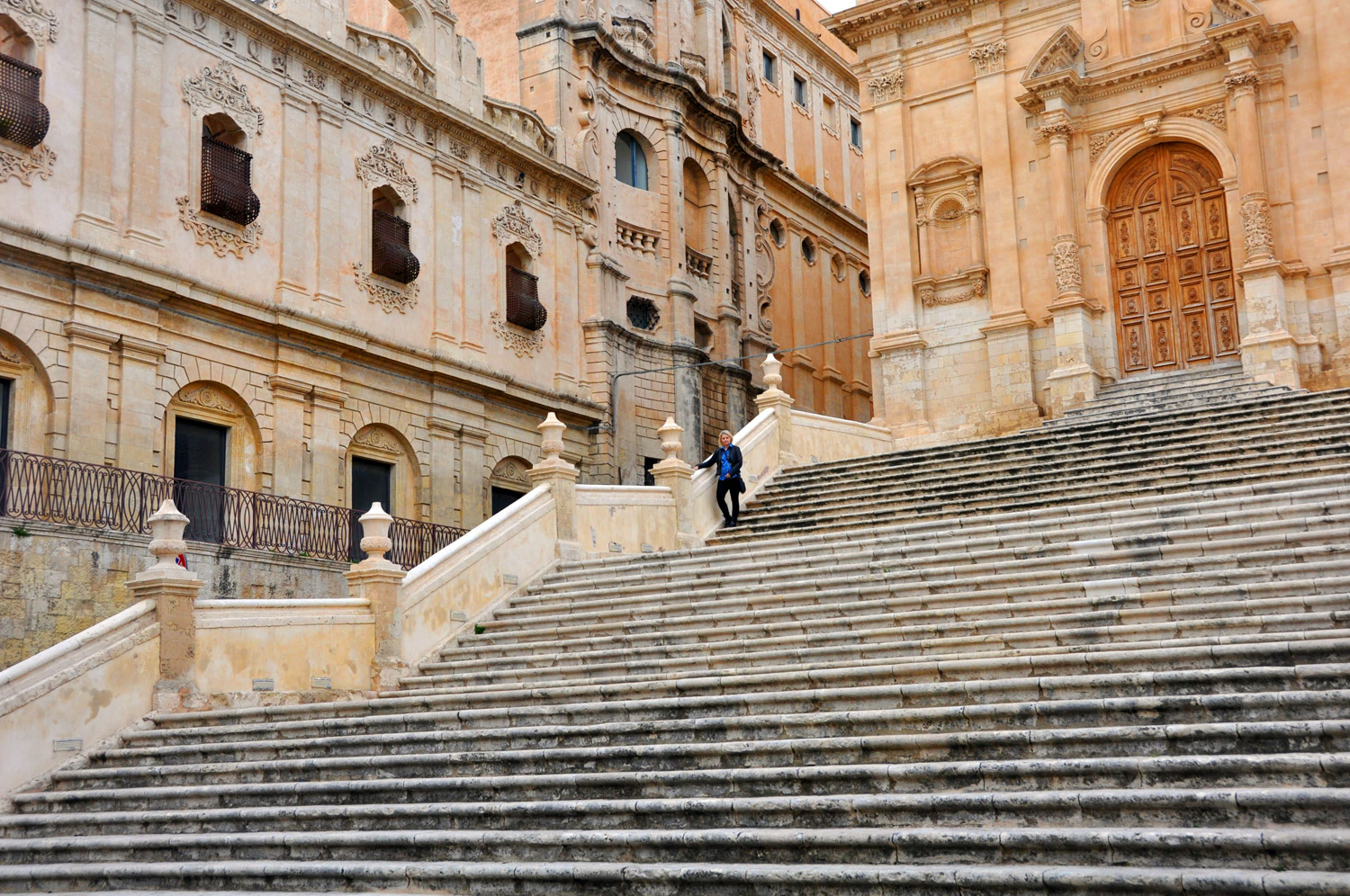
Palace Ducetius
Currently, the building serves as the city hall, and its name comes from the city's founder: Ducezio, born in 488 BC. The building was inspired by 17th-century French palaces.
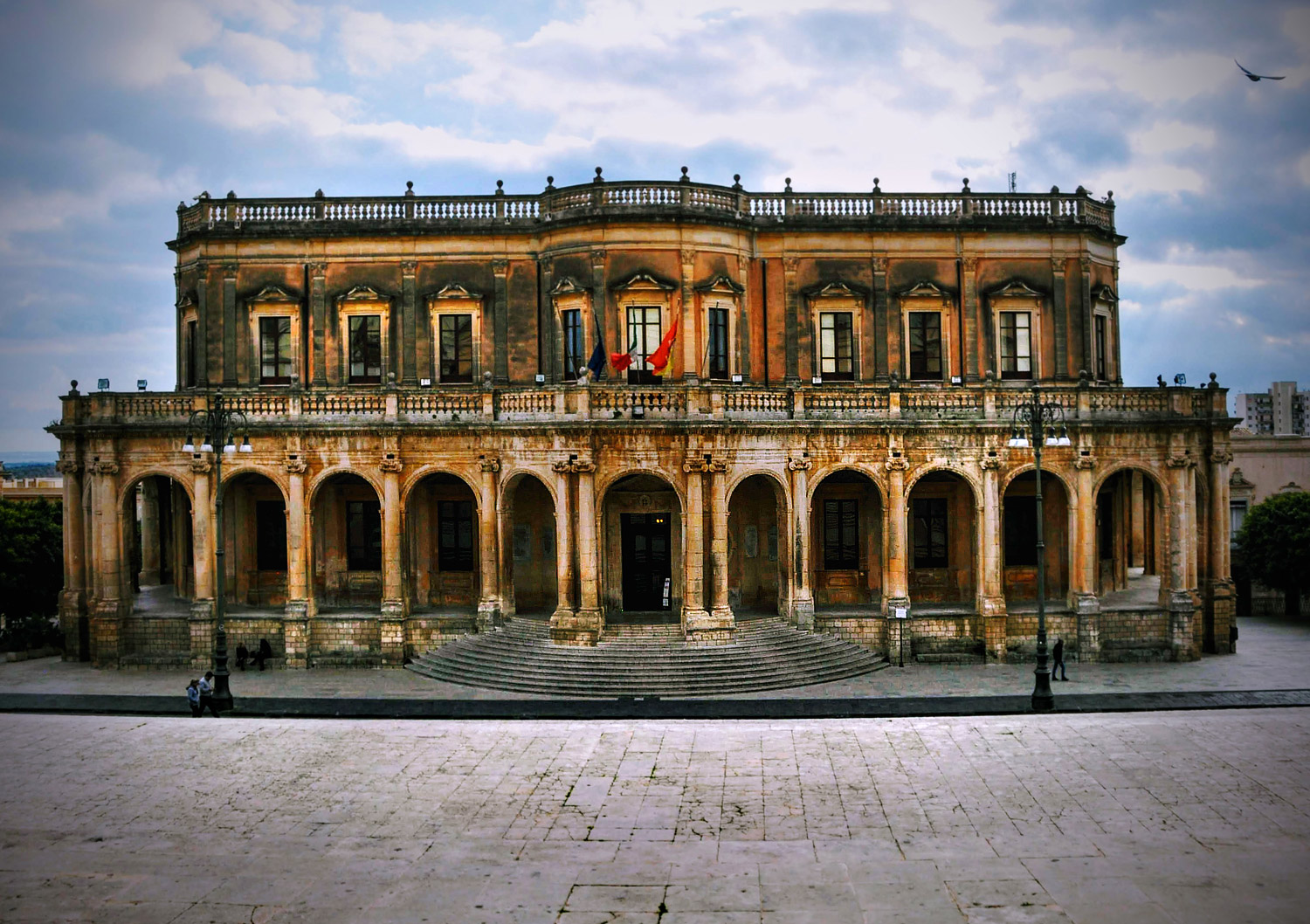
Cathedral
Roman Catholic baroque cathedral. Its construction was completed in 1776. In 1996, due to mistakes made during renovations and neglect of previous years, the cathedral's dome, the vault of the nave and partly the southern nave collapsed. The renovation lasted 10 years.
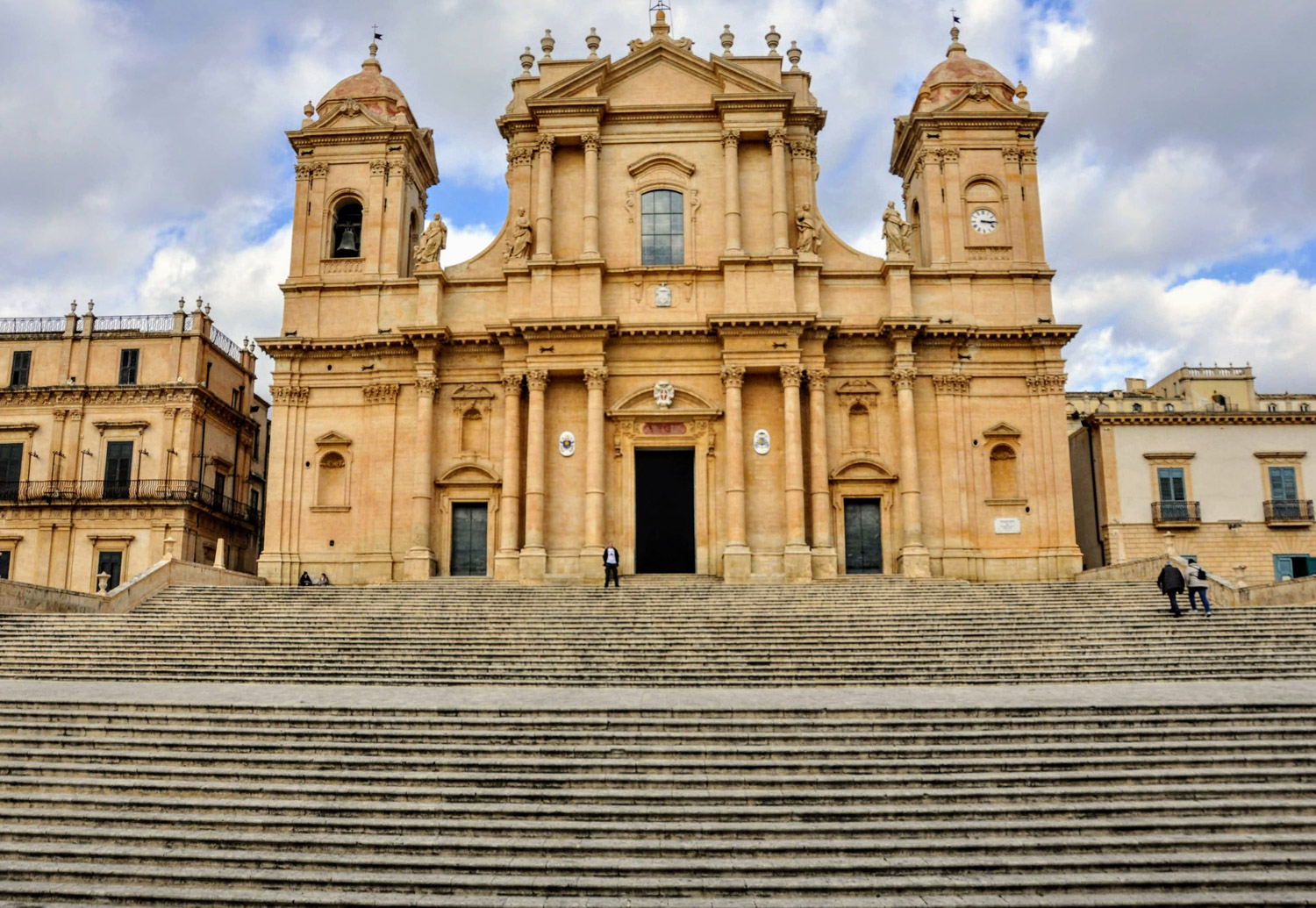
Nicolaci Palace
It was built as a private noble house of the Nicolaci family. Has 90 rooms. Today, the owner of part of the palace is the city of Noto. This part now houses a library with collections of Spanish and Latin manuscripts. On the facade of the building there are characteristic, richly decorated balconies.
Via Corrado Nicolaci
Street leading to Nicolaci Palace and Chiesa di Montevergine. Every year on the third Sunday of May, Infiorata or a flower festival takes place here, during which the entire surface of the street (122 long and 7m wide) is covered with a carpet of flowers, creating floral paintings. The impression is amazing what you can see in the pictures available here - [click]
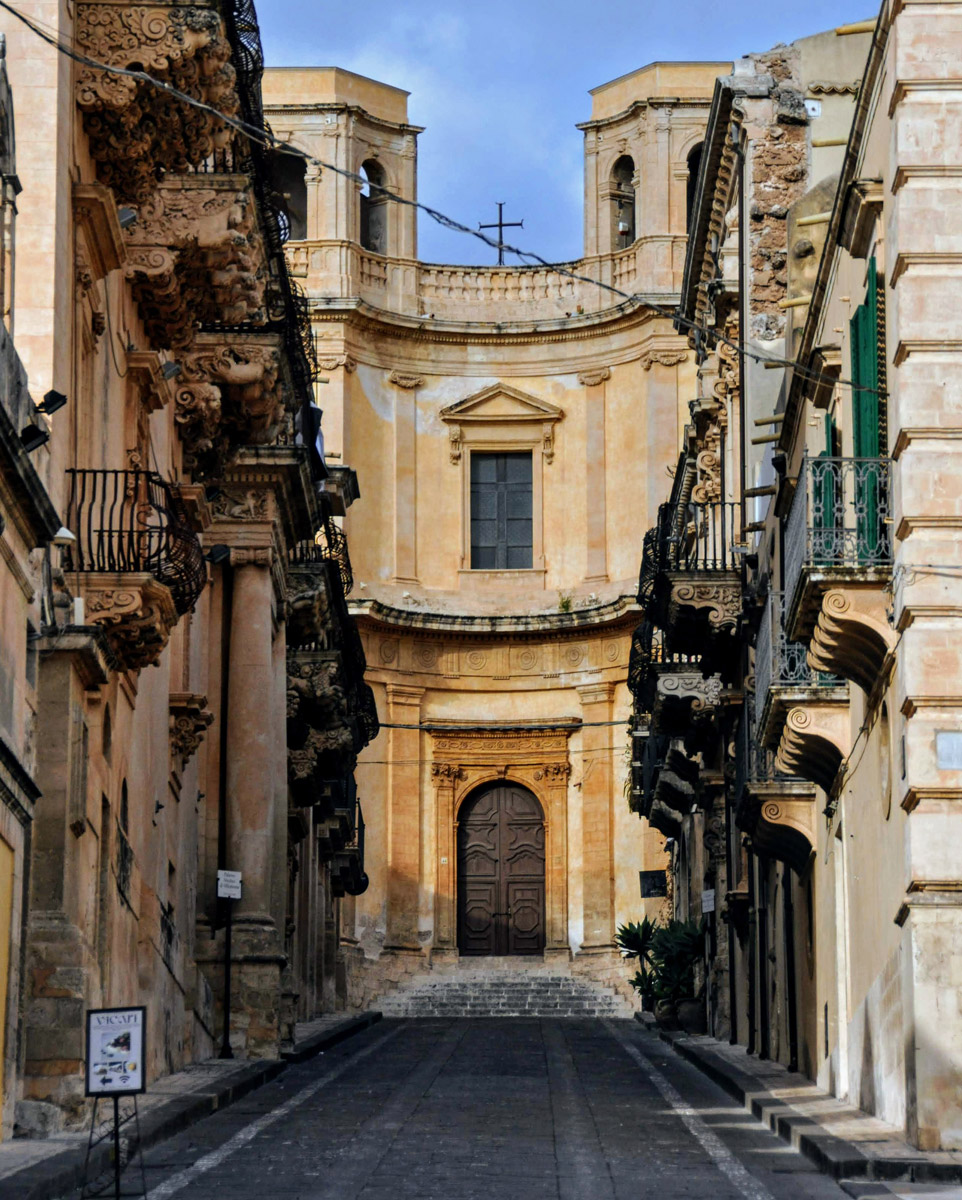
Church of Montevergine
The church of Montevergini is a characteristic building with a concave facade, which is located at the end of Via Corrado Nicolaci. The two bell towers seen from Via Corrado Nicolaci together with the richly decorated balconies of the Nicolaci Palace create a spectacular view.
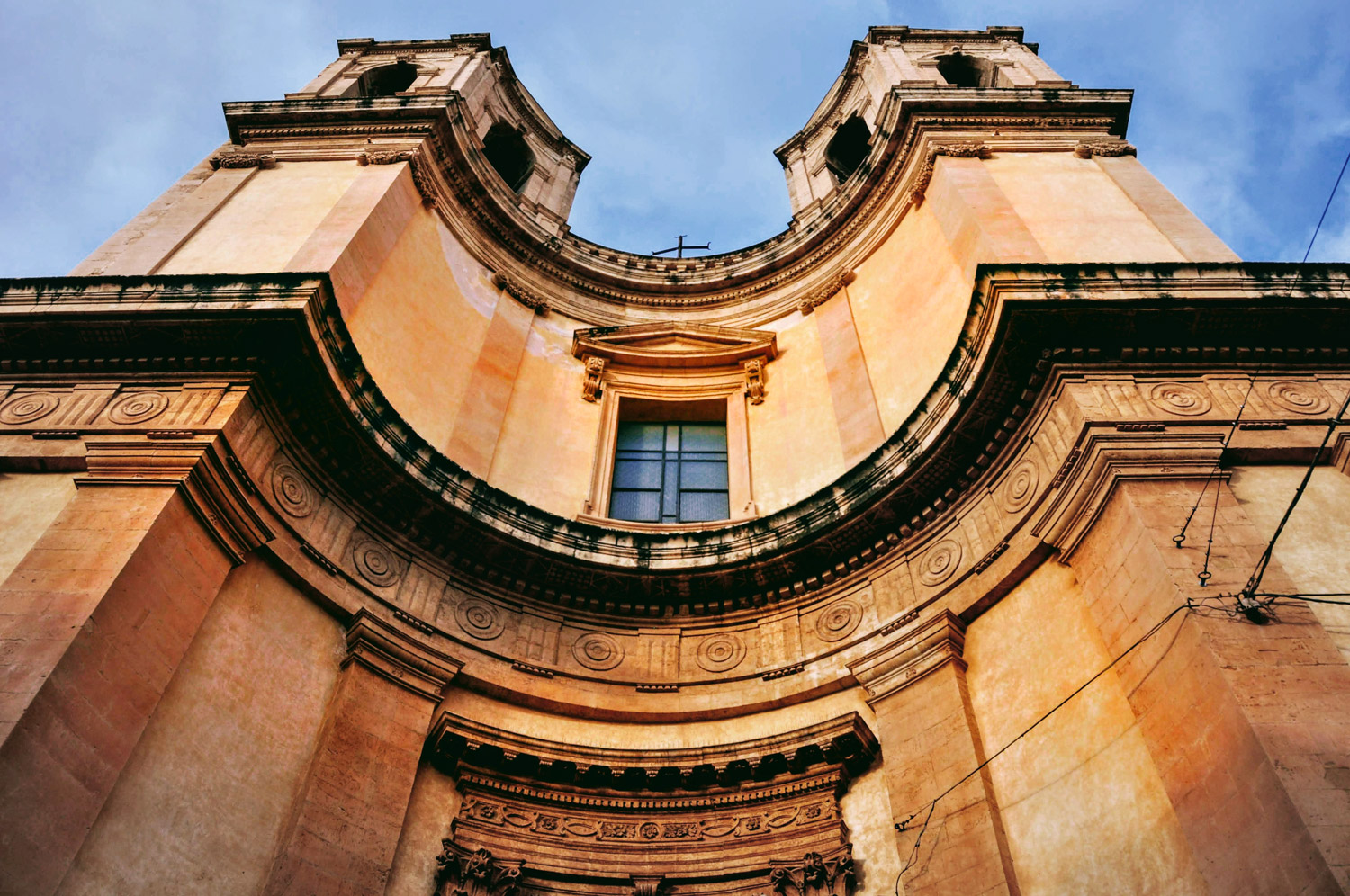
St. Charles Church
The church of Chiesa di San Carlo al Corso has a three-story facade. Each of them is made in a different style: Doric, Ionic and Corinthian. The bell and the main altar come from the Jesuit church of Noto Antica, destroyed in the earthquake.
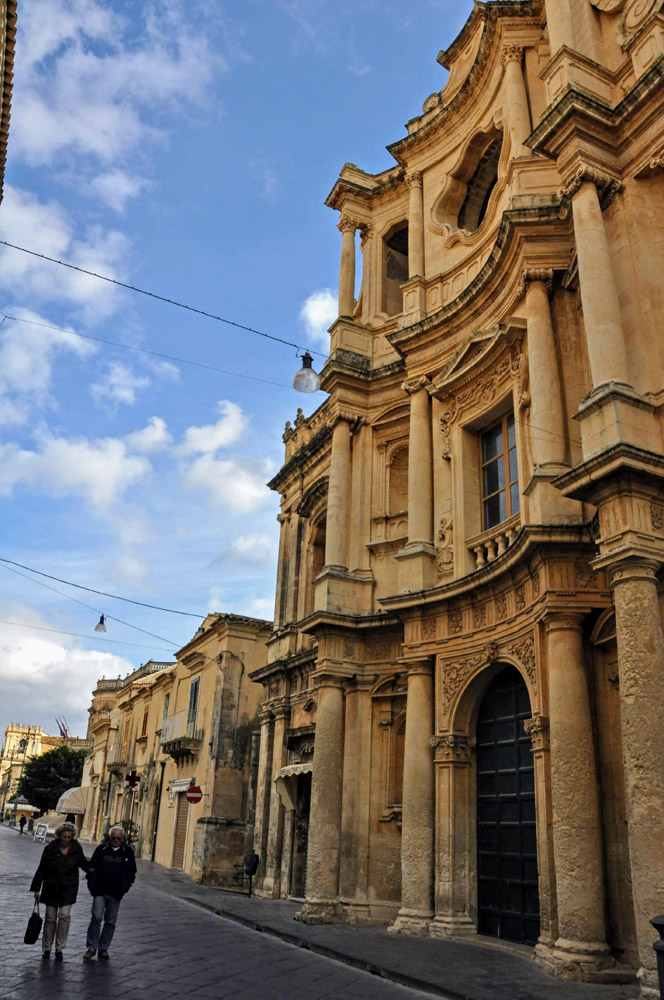
Church of San Domenico
The church was built as one of the elements of the Dominican monastery complex, who lived in the Noto Antica destroyed in the earthquake. The facade has two floors, the first Doric and the second Ionian. The central part of the facade is convex. The former monastery buildings were largely rebuilt and now houses a school.
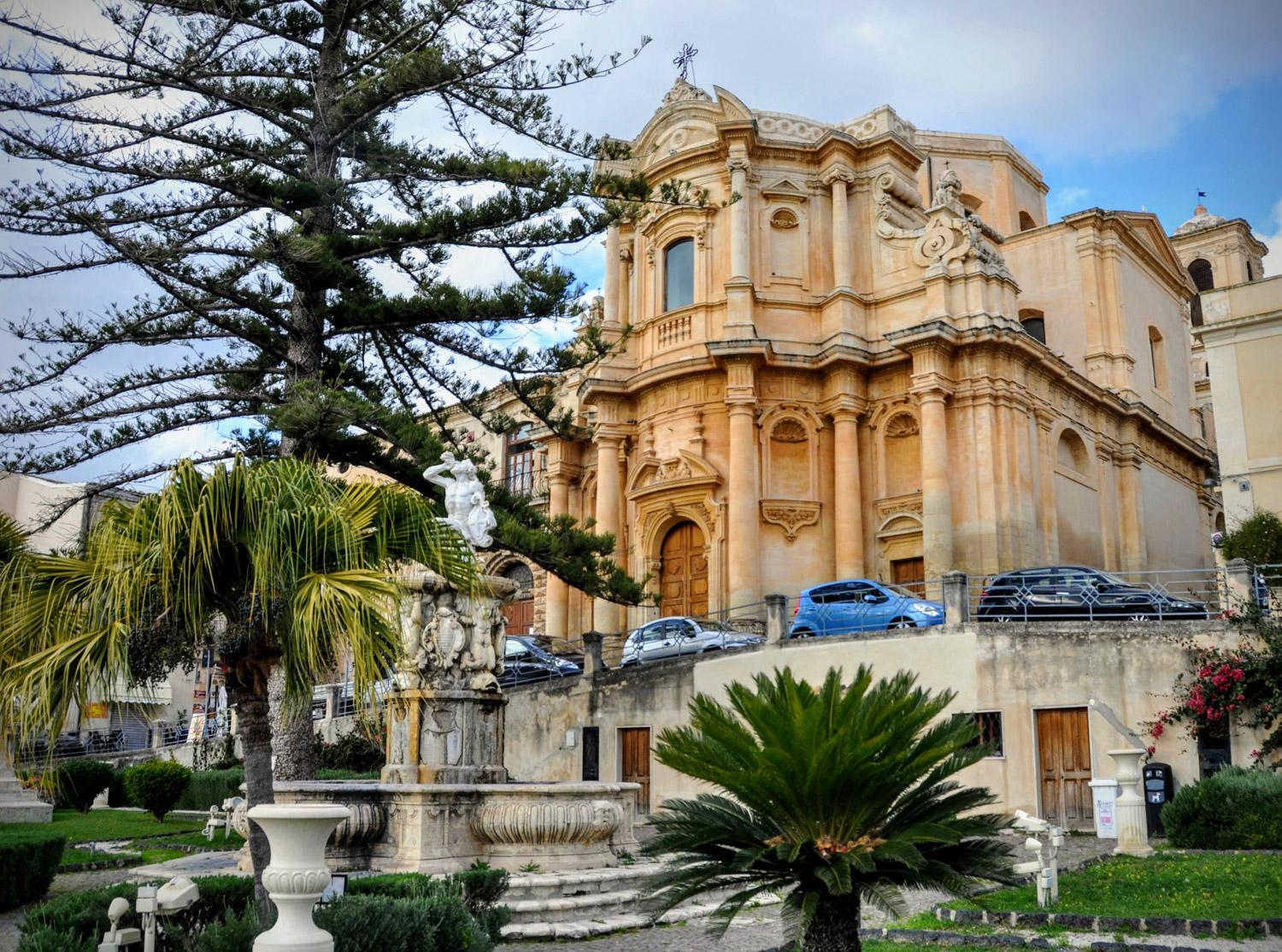
Fontana d'Ercole
The Hercules Fountain was created in the 1756 year, made by the Catalan artist Orlando. It is located on the square, often called Piazzale Ercole, or Square of Hercules. The fountain represents Hercules after killing the Nemean Lion, whose skin could not pierce any blade. One could only strangle him.
How to get to Noto
The easiest way is by car. It's easy to rent a car in Sicily. The rental offer is wide. It is possible to rent a car even without a credit card and security deposit, although the offer of this type of rental is quite narrow or requires additional insurance for the rented car. I described the details of car rental in Sicily in a separate post: Sicily: Palermo, Catania, Trapani - rent a car without a credit card and a deposit? How do I rent a car in Sicily?
Parking in Noto
The town is small, so there is not much parking space. Below are the details of the paid public parking near the city gate Porta Reale.
Entrance to the parking lot at the city gate, GPS:
36°53’26.9″N 15°04’31.5″E lub
36.890808, 15.075426 - click and route
Street parking
In Noto, a lot of parking spaces are located on one-way streets. However, it should be remembered that (as everywhere in Italy) free and accessible parking for everyone are only those parking spaces that are marked with white lines. If there is no space in the public parking lot, you should turn around the streets around the center of Noto and look for free space on the street.
By train to Noto
Noto has direct rail connections with the main cities on the island. So it's easy to get to it by rail. Train tickets can be bought online. Sample ticket prices and links to the shopping page on sample routes are provided below. The site where you can buy tickets has a Polish version, and the prices are identical to those at the ticket office at the train station.
Train ticket prices:
from Plermo - around PLN 75 - go to ticket search and purchase page - [click]
from Catania - around PLN 35 - go to ticket search and purchase page - [click]
If you want to take a train to Noto from another city open train and bus ticket search engine in Polish - [click]
Accommodation in Noto
Sleeping in Noto is a good idea, because the city at sunset looks the most beautiful, and accommodation is not expensive even in summer. So let's stay here overnight to get a chance to see Noto at the best evening time of the day.
Current prices of hotels in Noto are visible on the map below. Above the map there is a search engine in which you can enter the date of accommodation planned by you and see prices in the time you are interested. If you book well in advance, the prices may be much lower than those shown on the map below. I recommend checking out.
Important to me!
Give the article a good rating (5 stars welcome 😀)!It's free, a for me it is very important! The blog lives on visits and thus has a chance to develop. Please do it and ... thank you in advance!
If you like my guides, you will certainly find the one I created useful guide catalog - [click]. There you will find ready-made ideas for your next trips, descriptions of other tourist destinations and an alphabetical list of guides divided into countries, cities, islands and geographical regions.
I also post link to Facebook profile - [click]. Come in and press "Follow"then you will not miss new, inspiring posts.
Unless you prefer Instagram. I'm not a social media demon, but you can always count on something nice to look at on my instagram profile - [click]. The profile will gladly accept any follower who likes it.
I make the content I create available free of charge with copyright, and the blog survives from advertising and affiliate cooperation. So, automatic ads will be displayed in the content of the articles, and some links are affiliate links. This has no effect on the final price of the service or product, but I may earn a commission for displaying ads or following certain links. I only recommend services and products that I find good and helpful. Since the beginning of the blog's existence, I have not published any sponsored article.
Some of the readers who found the information here very helpful, sometimes ask me how you can support the blog? I do not run fundraisers or support programs (type: patronite, zrzutka or "buy coffee"). The best way is to use links. It costs you nothing, and support for the blog is self-generating.
Pozdrawiam

Very useful information! I am going to Sicily this spring and I will definitely use your tips 😉
… And I envy you 😉
Beautifully described this beautiful little bowl!
thank you
Blessed
Sicily described in an interesting way.
I'm flying on Wednesday (October 4.10). I can't wait to see what I see. Thanks for the info. 2023 World Championship. thanks Jarek
Great description. Thank you. Thanks to you, I got everywhere without any problems!
Great tips, thank you very much.